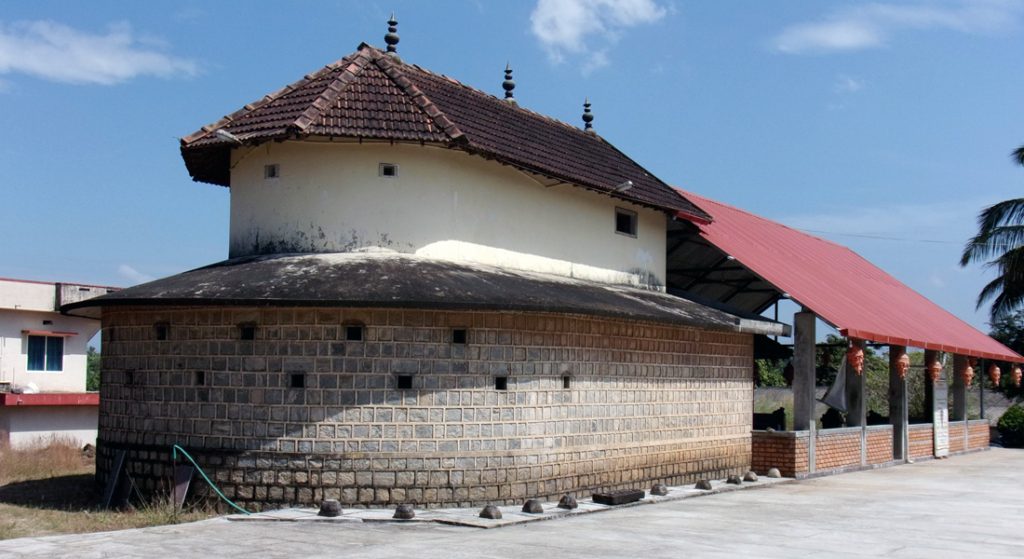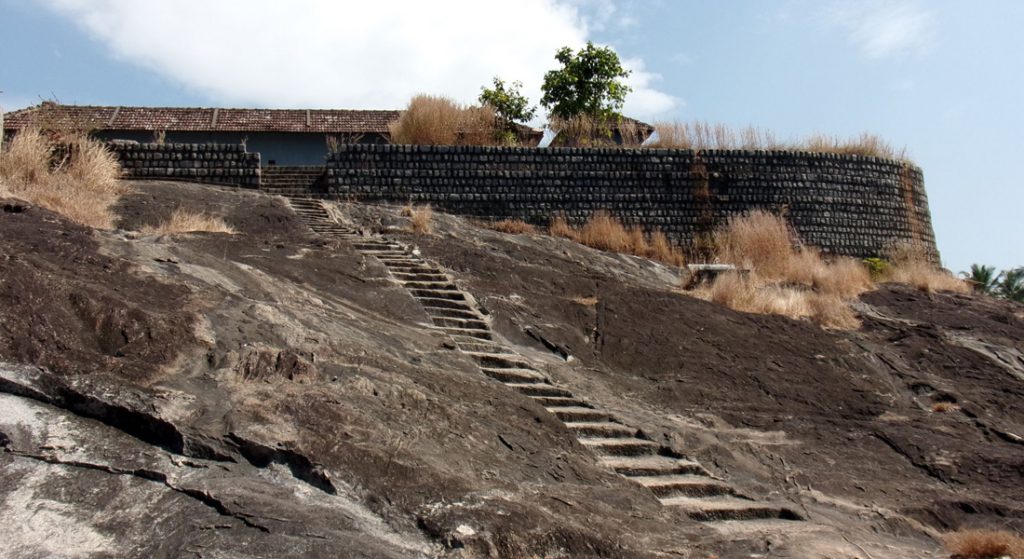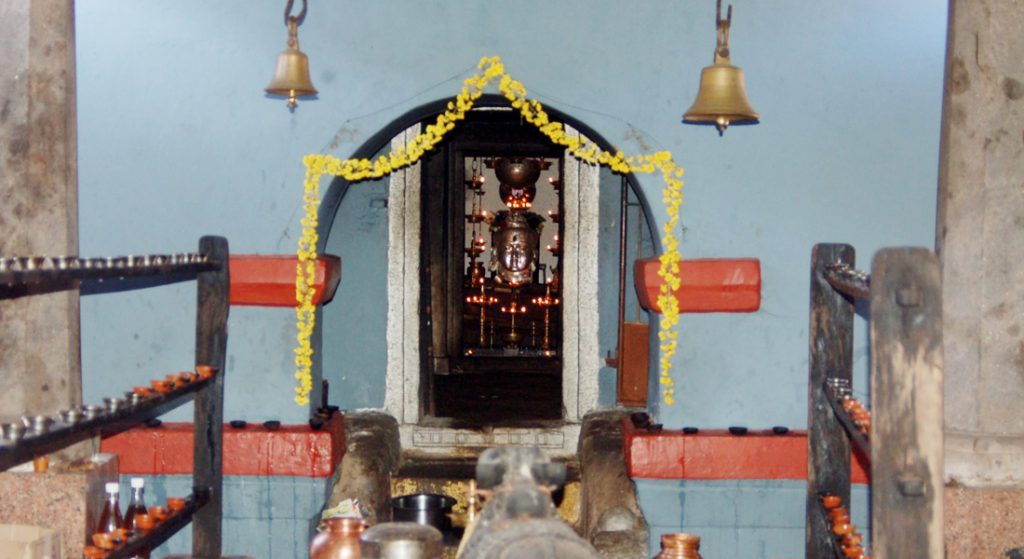
Historical Temples of Udyavara
Four kilometres south of Udupi, the highway to Mangaluru branches off at a village called Udyavara. The setting could be easily mistaken for any other coastal village in the Tulunad region—Bhuta shrines and sacred Naga groves dotting the landscape, a river meandering her way to the sea, and a good measure of prosperity among the people. But the similarity ends there, as Udyavara’s temples, inscriptions, and even its river speak of a terrific past, giving it a distinct character.

Originally known as Udayapura or Udayapura Nagara, it came into prominence with the rise of the Alupas, a dynasty that ruled at least from the 5th to the 14th century CE. The Alupas had three major political centres in the coastal region—Mangaluru, Udyavara, and Barkur. Humcha was their political base in the Malnad region. Depending on the political dynamics of the time, the Alupas would shift their base. Udyavara was one of their earliest centres, and it became their capital during the 8th-10th century, after which they shifted to Barkur.

Archaeological excavations in Udyavara during the 1960s yielded extensive polished wares and artefacts from the pre-historic age. By the 3rd-4th century CE, it had become a bustling port town, with trade contacts extending up to the Mediterranean region. At the turn of the 7th century CE, Udyavara’s importance had vastly increased, and it became a great political and commercial centre of the region. Situated on the edge of the Papanashini River and complete with fortified ramparts, gateways, and a moat, the town of Udyavara was itself made of two parts consisting of a well-defined citadel and a lower town. Today, despite its relatively low-key status, Udyavara continues to be one of the oldest continuously inhabited places in Karnataka.

Overlooking Udyavara is a small granite hillock called Shambhu Kallu. It is associated with great sanctity and houses the twin temples dedicated to Shiva—the Shambhu Shaileshwara and the Prasanna Someshwara. Dating back to at least the 7th century, the temple of Shambhu Shaileshwara is arguably the oldest “living” temple in the region. The Kalamukha sect, which once had great sway in the region, managed these temples, and their chiefs officiated as priests. The Shambhu Shaileshwara was the family deity of the Alupas, the ruling dynasty of the region. The Alupas referred to the deity as “Shambhu Kallu Bhattaraka” and had made several donations and grants to these twin temples.

At the foot of the hillock lies another temple complex dedicated to Sapta Matrikas and Veerabhadra. This 9th Century temple has splendid stuccoes of mother goddesses. At present, only four of the seven goddesses can be seen. The Garbha Griha has Brahmani, Maheshvari, and Vaishnavi, along with the later day addition of Veerabhadra. Chamunda is the fourth of the Sapta Matrikas and is housed in a separate shrine. She is currently worshipped as Maha Kali. The priests for Chamunda hail from the musician community. Collectively, this temple complex is now known as Veerabhadra-Durga Parameshwari temple.

The Mahatobhara Siddhi Vinayaka temple in the heart of Udyavara is a very popular temple. During its renovation, several idols of great antiquity were recovered, all of which have now been shifted to the Rashtrakavi Govinda Pai Museum in the MGM College premises, Udupi. The Brahmalingeshwara and Mangodu Subrahmanya temples are the other two temples of historical importance.

All these temples have undergone several renovations, and their antiquity is not evident except for a dozen inscriptions and epitaphs. It is these rich epigraphical materials that have preserved the stories of Udyavara, which otherwise are almost forgotten…

Article and Photos by Bharath Bhat.
*The views expressed in the article are those of the writer alone. Chaloindiaworld.com does not own any responsibility in any form if there is any wrong representation of facts or places.
**The copyright of all the photos and text content of this article is owned exclusively and only by Bharath Bhat, the author of this article. No one else has any right to copy/publish/print/download any photo(s) or text content of this article, either in part or in full, and use them for personal, professional, or any other purpose. For any such usage, prior written consent from the author is a must.



Shreesha
Well researched article 👏